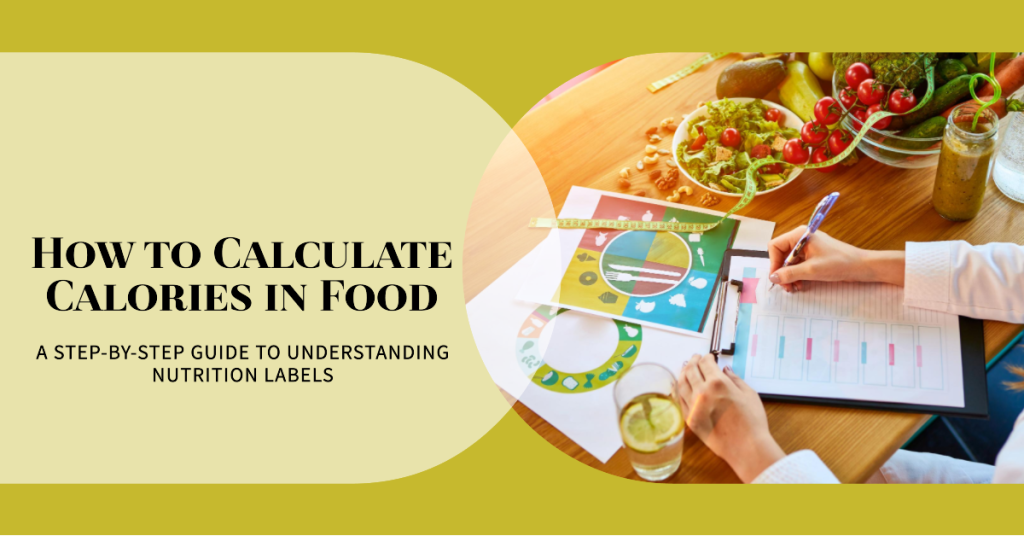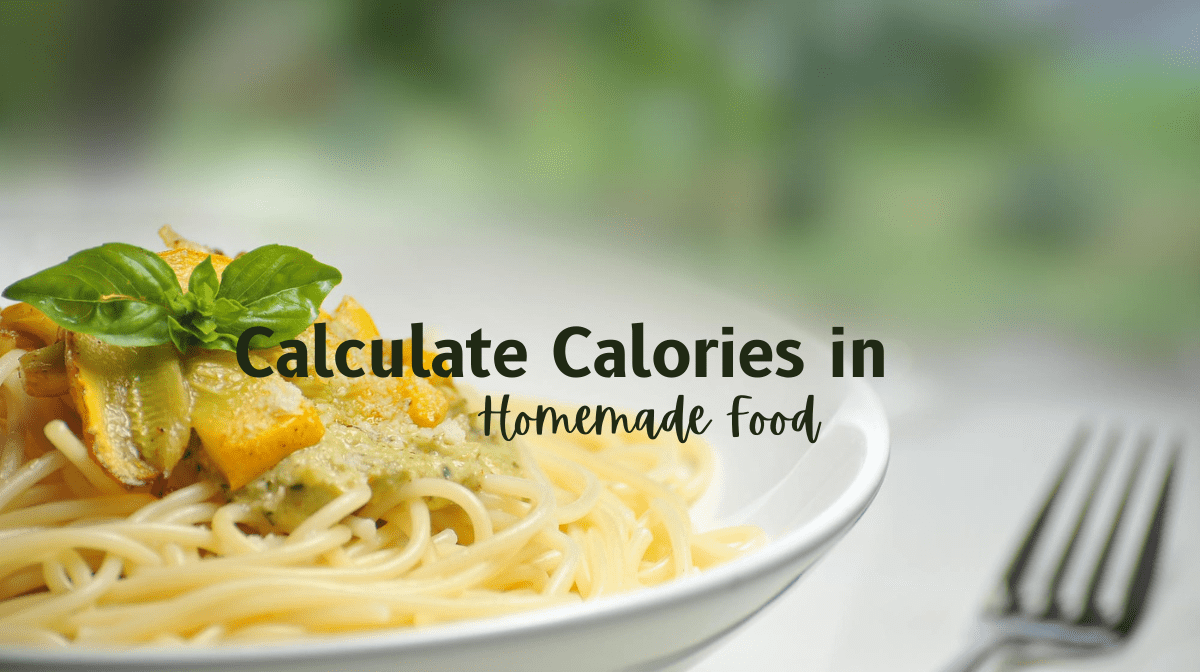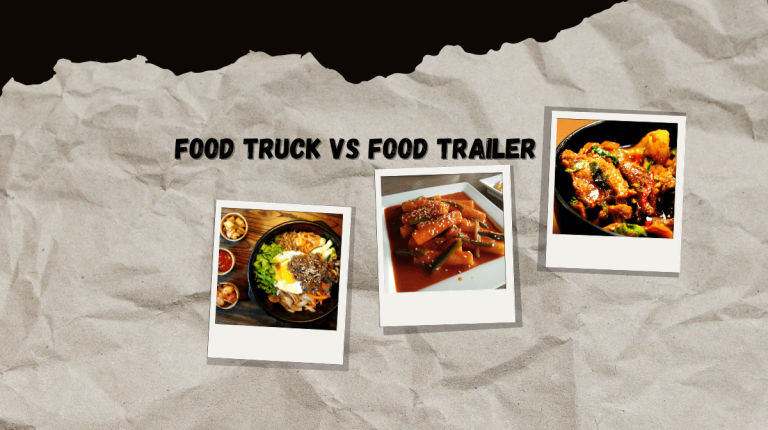How to Calculate Calories in Homemade Food?
Many people want to know how many calories are in their homemade food, but they don’t know how to calculate them. Calories are a unit of energy that we get from food and drink. They’re used by our bodies for many things: digesting food, moving around and keeping warm, growing bigger and stronger, thinking about things (like what you should have for dinner).
If you take in more calories than your body needs for these activities, then some of those extra calories will be stored as fat on your body – otherwise known as weight gain!
The first step towards calculating the number of calories in your homemade dishes involves getting yourself a good digital kitchen scale, so that you can measure exactly what goes into making them (more on this later).
Next up is measuring out all ingredients carefully before adding them into whatever dish or drink it may be. Whether it’s just fruit juice or something more complex like pizza, base mix or bread dough!
How to Calculate Calories in Food?

Calculating calories in homemade food is a great way to make sure you’re getting the proper nutrition from your meals. While there are many different ways to calculate calories, there are also many different factors that will affect the final number.
Calorie calculations depend on several things:
- The type of food being measured (e.g., meat, fish and poultry)
- How much fat is in each serving of food (e.g., lean vs fatty cuts) Whether or not you have added any extra ingredients into your recipe; these can add up quickly!
Two Simple Ways to Calculate Calories at Home
There are two simple ways to calculate calories at home:
- Use a food scale. This is the most accurate method because it measures the weight of your food, and not just its volume. Make sure you have a reliable digital scale that can measure in grams or ounces (if you’re measuring in pounds, divide by 16). Once you have weighed out your ingredients, add up all of their weights together to get an accurate total calorie count.
- Use a nutrition calculator online or app on your phone! This method is much faster than using scales but still gives accurate results if done correctly, and there are plenty of great ones out there for free! Just enter all ingredients into one by one and then add them together at the end for an easy total calorie count per serving size.*
Best Way to Calculate Calories in Single-Ingredient Dishes
Calories are not in the packaging.
The Calories are not in the label.
Calories are not in the name, or how it’s spelled (for example, “hommade” vs “homemade”).
And calories certainly aren’t found by looking at a picture of your food or reading a description of it on a menu board at your favorite restaurant!
Easiest way to calculate calories at home is by using a food scale
The easiest way to calculate calories at home is by using a food scale. The only thing you need to do is weigh your food and then find out how many calories are in each serving size of that particular food item.
For Example:
Let’s say you want to know how many calories are in an apple (1 medium apple = 100 g). First, weigh your apple on your kitchen scale; then divide the weight of this fruit by 100 g (or 1 kg) and multiply it by 4 kcal/g (or 1 kJ/g). This will give you 400 kcal or 2200 kJ per kilogram of apples!
| Dish | Total Calories | Carbohydrates(Grams) |
| Biscuit(1) | 103 | 13 |
| Cookie (oatmeal raisin)(1) | 62 | 9 |
| Noodles (spaghetti)(1 cup) | 159 | 34 |
| Pizza (cheese)(1 slice) | 290 | 39 |
| Rice, brown (1 cup) | 232 | 50 |
| Chocolate milk (1 cup) | 208 | 26 |
Snack Smarter: Discovering Low-Calorie Options to Satisfy Your Cravings
- Eat less. It’s simple, but it’s not always that easy to do. If you’re eating too much at one sitting, try cutting back on your portion size or having smaller meals throughout the day instead of three big ones.
- Choose healthy snacks over junk food whenever possible. Try to eat more vegetables and fruit as well–they’re low in calories but packed with nutrients!
- Keep track of how many calories you’ve consumed so far today (and over the course of a week). This can help motivate you to make better decisions about what foods are worth eating versus those that aren’t worth it, even if they taste good!
Which ingredients have the most calories?
Foods that have the highest calories per serving are nuts and seeds, peanut butter, chocolate and ice cream.
Nuts and seeds: Nuts are a good source of healthy fats but they also contain high amounts of calories due to their high fat content. For example, 100g cashew nuts contain 582kcal; 100g macadamia nuts 505 kcal; 100g almonds 492 kcal; 100g pistachios 469 kcal; 100g Brazil nuts 434 kcal and so on…
Peanut butter: Peanuts are legumes which means they belong to the same family as beans, lentils & peas! Peanut butter consists mostly of ground up peanuts mixed with some oil (usually vegetable oil) & salt – this makes it very calorific because it’s full of protein & fat too!
Chocolate contains cocoa solids which release energy slowly over time so keep you feeling fuller for longer than other foods such as sugar or starch based carbohydrates like bread/pasta etc..
Ice cream is made using cream so again this makes up most of its calorie content as well as sugar added during the production process which increases calorie intake substantially!
Conclusion
Calories are an important part of any diet, but it can be tricky to know what you’re consuming. This article provides three simple ways to calculate calories in homemade food and snacks so that you can make smarter choices about what goes into your body.







